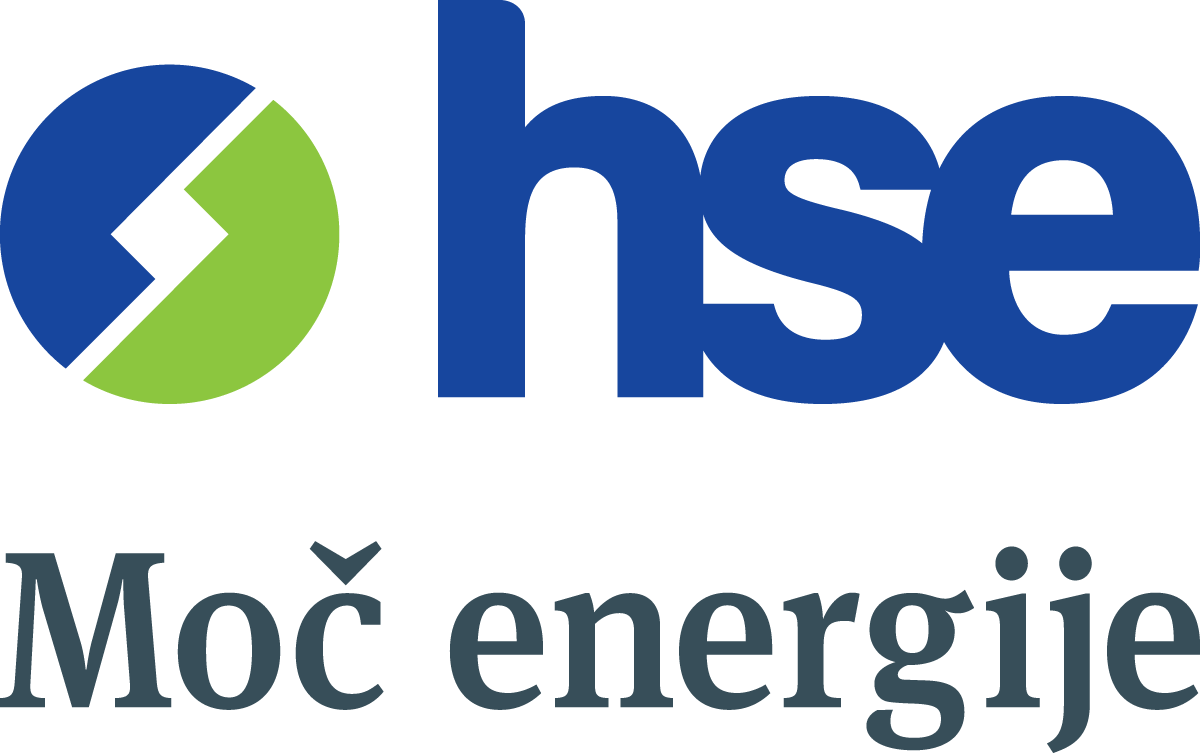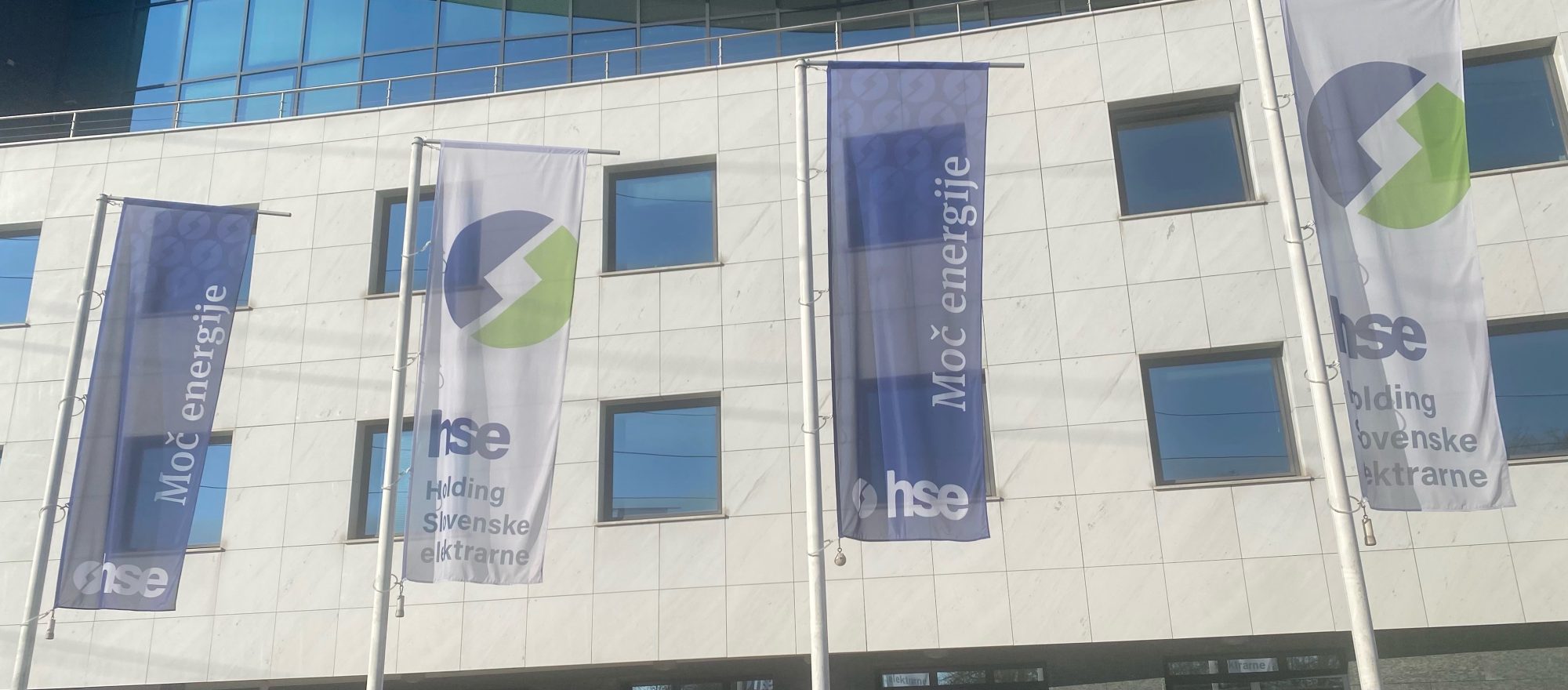The management of the Šoštanj Thermal Power Plant (TEŠ) presented at today’s press conference the results of an environmental impact assessment (EIA). These have shown that the planned project to co-incinerate solid recovered fuel (SRF) is acceptable as it does not worsen the existing environmental situation in the Šalek Valley. The EIA takes into account the impact there would be on the environment and people with the introduction of co-incineration of SRF during the period of adjustment of TEŠ – both during the implementation of co-incineration and in the eventuality of its discontinuation. All impacts during the operation have been assessed as insignificant. Because the EIA results are encouraging, the management of TEŠ has decided to continue with the procedure, which is why it has submitted the EIA to the Environment Agency of the Republic of Slovenia (ARSO). With this, the procedure to obtain environmental consent for co-incineration in generator 6 has officially started. As part of the official procedure, the entire documentation, including the EIA that was submitted today, will be fully available to the entire interested public.
The EIA results confirm the projections that the planned co-incineration will reduce the negative environmental impact. This means that, compared to the existing situation, there would be less carbon dioxide (CO2) emissions. Additionally, all other environmental impacts would remain within the permissible limit values. If SRF is added to lignite, the emissions would not only be compliant with the limit values stipulated by Slovenian laws and regulations, but also with the provisions and limit values determined at the European Union level in the BAT (best available technology) conclusions. What needs to be emphasised is that the operation of TEŠ would still remain closely connected with the Premogovnik Velenje coal mine in the case of co-incineration. Lignite remains the primary energy source and co-incineration is not possible without it.
Up to 160,000 tonnes of SRF would be consumed annually in TEŠ or up to 6 percent of the total mass of the primary energy source (lignite). SRF with a calorific value of between 14 and 20 MJ/kg would be used for co-incineration. This, relative to the mentioned mass fraction, represents up to ten percent of the total energy value of lignite. As the required SRF would have a higher calorific value compared to lignite (between 9 and 11 MJ/kg), adding it to the mix would improve the efficiency of production of electricity and heat for district heating in the Šalek Valley.
Viktor Vračar, director general of TEŠ and chief operating officer of HSE, said at the press conference that: “The results of the EIA have confirmed our past conclusions, which had been made based on a comparative analysis of foreign thermal power plants. As generator 6 has the most modern flue gas cleaning devices and filters installed and is considered one of the most modern thermal power plants in Europe, we are more than convinced that co-incineration in TEŠ is sensible.”
Mitja Tašler, director of TEŠ, said that: Solid recovered fuel (SRF) is produced by extracting metals from, pulverising and dehydrating selected solid non-hazardous waste. SRF would be purchased only from Slovenian processors, which would ensure the required quality of fuel. Fuel would already be controlled at the supplier’s location and, of course, also in TEŠ as part of the planned acceptance testing. This would ensure that TEŠ would use only high-quality SRF. It is important to mention that we have consistently communicated with representatives of the local community in a transparent manner and kept them informed about all key steps related to the project. This has contributed to the decision to examine the possibility that SRF is co-incinerated only in generator 6. In line with our commitments, we will respond to all invitations from the local community and also present the results of the environmental impact assessment at sessions of the municipal and city councils.”
Egon Jurač, environmental protection officer at TEŠ, said that: “Studies show that, in the case of the planned co-incineration, emissions would be within the permissible limit values. Flue gases emitted by the power plant are already being monitored in compliance with the legislation. Measurements of SO2, NOX, CO, PM and occasional measurements of Tl, Hg, PCDD/F and the prescribed amounts of metals are being continuously implemented. TEŠ will continue to regularly implement the required monitoring in compliance with Slovenian and EU legislation.”









